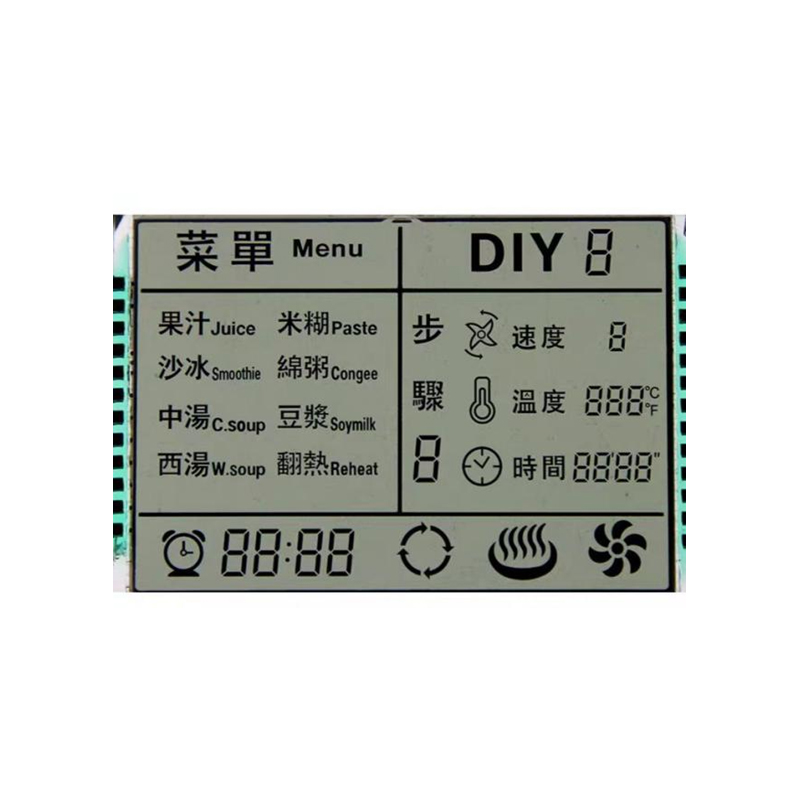
This guide explores the world of AMOLED displays, helping you understand what makes them special, how they compare to other technologies, and which devices boast the best examples currently available. We'll delve into factors like color accuracy, contrast ratio, power efficiency, and burn-in concerns, offering a detailed look at what sets top-tier best amoled display panels apart.
AMOLED (Active-Matrix Organic Light-Emitting Diode) is a display technology that uses organic compounds to produce light. Unlike LCDs which require a backlight, each pixel in an AMOLED display generates its own light. This unique characteristic leads to several key advantages, including incredibly deep blacks, vibrant colors, and superior contrast ratios. The resulting image quality is often considered superior to that of LCD screens, making it a popular choice for high-end smartphones, tablets, and even TVs. Dalian Eastern Display Co., Ltd. (https://www.ed-lcd.com/) is a leading provider of advanced display solutions, and their expertise contributes to the ongoing innovation in this field.
AMOLED technology stands out from competitors like LCD, IPS, and OLED. While OLED shares the self-emissive pixel characteristic with AMOLED, AMOLED employs a thin-film transistor (TFT) backplane for higher resolution and faster response times. This translates to a smoother viewing experience, especially important for gaming and watching fast-paced content. The following table summarizes the key differences:
| Feature | AMOLED | LCD | IPS |
|---|---|---|---|
| Backlight | No backlight | Requires backlight | Requires backlight |
| Black Levels | True black | Greyish black | Dark grey |
| Contrast Ratio | Infinite (theoretically) | High, but not as high as AMOLED | High, but not as high as AMOLED |
| Power Consumption | Generally lower, especially with dark content | Higher | Higher than AMOLED |
| Response Time | Very fast | Faster than older technologies, but slower than AMOLED | Faster than older technologies, but slower than AMOLED |
A high-quality best amoled display boasts accurate color reproduction and a wide color gamut. Look for displays that cover a significant portion of the DCI-P3 or Adobe RGB color spaces for vibrant and realistic images. The calibration process plays a crucial role in achieving accurate colors.
Brightness is measured in nits. Higher nits mean better visibility in bright environments. Contrast ratio is the difference between the brightest white and the darkest black. Infinite contrast in AMOLED results in rich, deep blacks and more vibrant colors.
Burn-in, a persistent image after prolonged display of static content, is a potential concern with AMOLED. However, advancements in technology have significantly reduced this risk. Modern best amoled display panels incorporate measures to mitigate burn-in. Proper usage and display settings can also help prevent it.
Higher resolution (measured in pixels, e.g., 1080p, 1440p, 4K) and pixel density (pixels per inch, PPI) result in sharper and more detailed images. A higher PPI leads to a smoother, more refined visual experience.
Several manufacturers produce smartphones and other devices with exceptional best amoled displays. While specific models change frequently, you can research current reviews to find the top performers in terms of brightness, color accuracy, and overall visual experience at the time of your purchase. Look for reviews focusing on objective measurements and user experiences to make informed decisions.
Choosing the best amoled display depends on your individual needs and priorities. Consider the factors discussed above – color accuracy, brightness, contrast, resolution, and burn-in concerns – to make an informed decision. By understanding these key aspects, you can select a display that offers a superior visual experience for years to come. Always check independent reviews from reputable sources before making a purchase.












